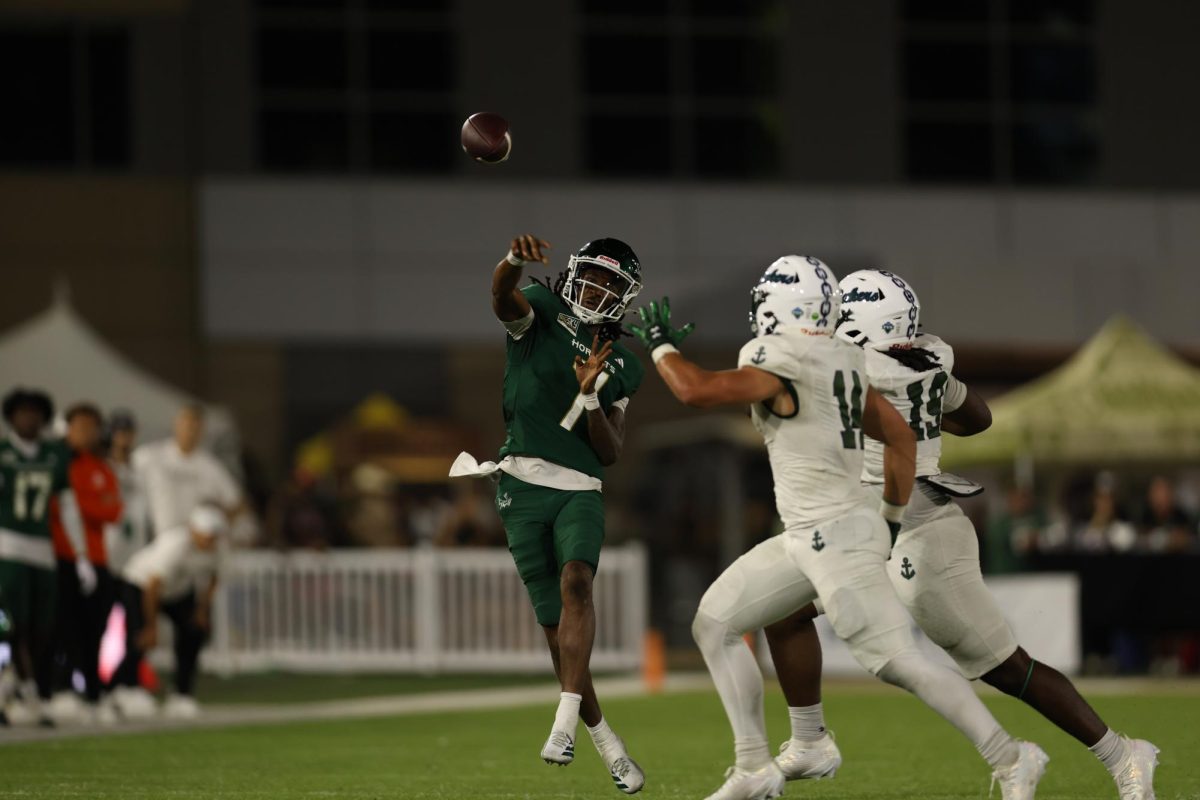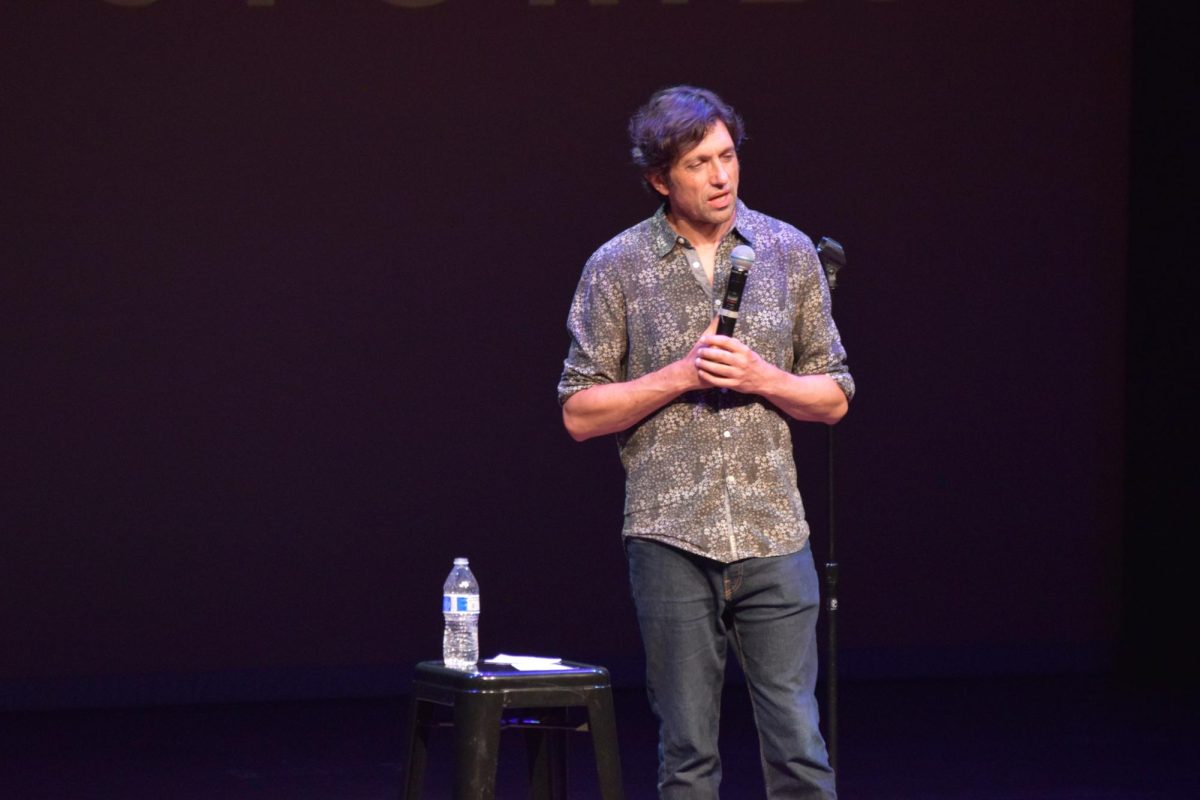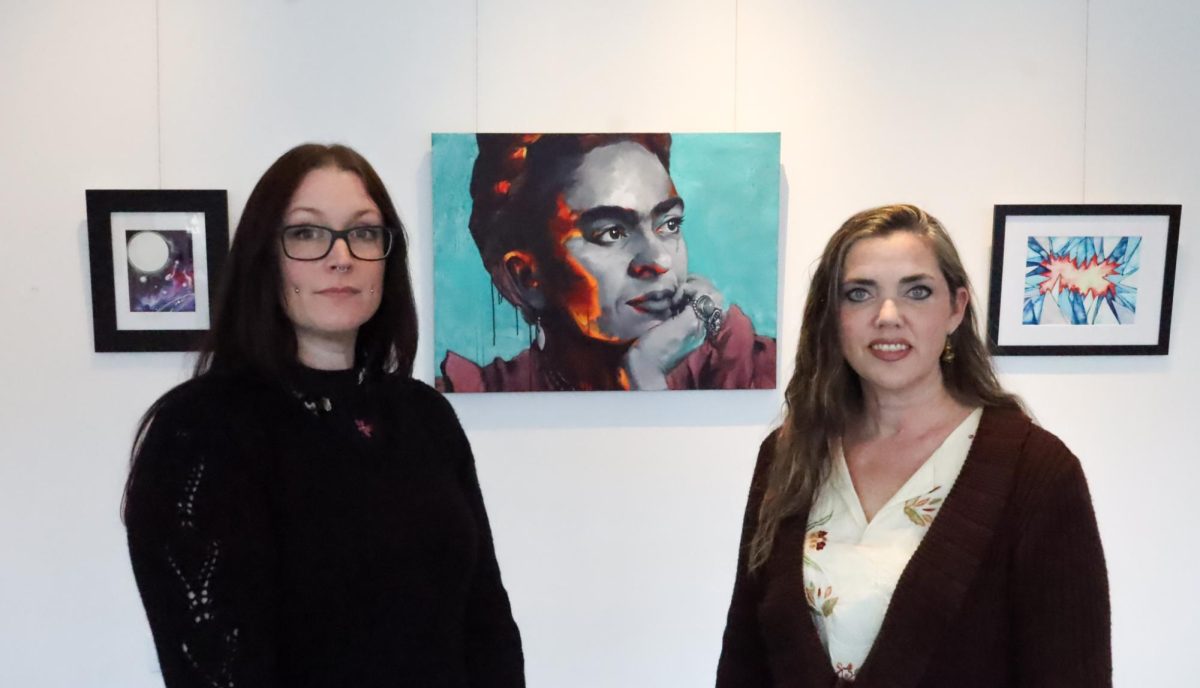The meaning is skin deep
September 10, 2009
Jeff Musser, a local artist, shows Sacramento State that tattoo art can be displayed onto a canvas.
Musser, who began painting tattoos after meeting a Japanese tattoo artist, will be displaying his work in an exhibit titled, “Messages in Flesh” at the University Union Gallery from now through Oct. 31.
Musser, who always had a love for painting, originally decided to pursue graphic design.
“I loved (painting), but I realized that I’ll probably want to make money when I graduate, so I put painting aside and majored in graphic design,” Musser said.
When Musser finished school he landed a job at an advertisement agency that he referred to as “a sweet deal” at first. He worked with McDonalds and created designs for happy meal boxes, bags, and inside promotions until he became unhappy.
“It’s a ridiculous amount of hours and I slowly grew to hate my job because I wasn’t painting at all. Then the economy tanked after Sept. 11. I got laid off and took that as a sign to paint,” Musser said. “I lived off my savings and unemployment and literally did the ‘starving artist thing’ with food stamps and was skinnier than I was now, but I was happy.”
It was around the year 2000 after Musser saw his friend’s tattoo when he began to see them as a kind of art form.
“He (Musser’s friend) told me that he got the whole thing in a 12-hour session and I thought, ‘why would you sit there and do something like that?'” Musser said. “I always knew about tattoos and their history, they’re almost as old as writing, but I didn’t get into it until I saw my friend with one and I thought ‘there had to be more to this.'”
When Musser created his first two tattoo paintings, he noticed that people enjoyed them and that tattoos were becoming even more popular.
“I would see tattoos everywhere and it’s always been such a strong presence within my age group,” Musser said. “(Tattoos have) become more prominent in mainstream legitimate art forms.”
Since Musser has always believed that tattoos are magnificent, he became more engrossed in painting them and it became his niche.
“It’s a language that I fell in love with two years ago. I think it’s a beautiful language. It is worthy of fine art. It is fine art,” Musser said. “Not many people have brought it to the fine art area and brought it into painting.”
Musser’s career as an artist has not only been to master the art and craft of painting, but to also deal with issues that he’s experiencing in his life and whatever else the rest of the world is struggling with.
“To make a connection with people, that’s what art is about – good music, art, sculptures, any artistic medium. Let them know that despite everything that’s going on in the world, life is still worth living,” Musser said. “As an artist, that’s what you’re supposed to do and if that’s not your goal as an artist, what are you doing? You’re just wasting your time.”
Musser has taken what he has learned in life and has made up his own symbols as a form of iconography – images and symbolic representations that are associated with a person or subject, to tell a story.
“If I’m going to do a painting about a relationship that went bad, how am I going to find someone that looks like my ex-girlfriend?” Musser said. “I can tell stories about tattoos and not overwhelm the viewer with too many images.”
He has put hidden messages into his paintings, while also creating an easy way of telling a story without spoiling it.
“I don’t think an artist should give away all of the story. There should always be some kind of mystery there.”
The painting titled, “Inspired,” by “Horiyoshi III – Tattoo Study No. 2,” is one of the many paintings displayed at the exhibit. It is a portrait of a woman sitting with her back to the viewers. Her back is drenched in intricate tattoo artwork and Asian characters.
“I think the paintings are really unique. I’ve never seen anyone paint this in detail about tattoos. It’s so high quality,” said Timote Loketi, junior chemistry major.
Some Sac State students who are visiting Musser’s exhibit are beginning to see how painted tattoos can represent a type of art form.
“Using oil on canvas makes this static-clean view that depicts them beautifully as what tattoos can be, rather than an ‘I love Mom’ tattoo,” said Nancy Healy, junior art studio major. “His ability at realism is phenomenal. Everything is in proportion. It almost looks photographic, but better.”
A poster of Musser’s artwork titled, “Madre” will be sold for $25 at the opening reception.
Jennifer Siopongco can be reached at [email protected]
























































































































